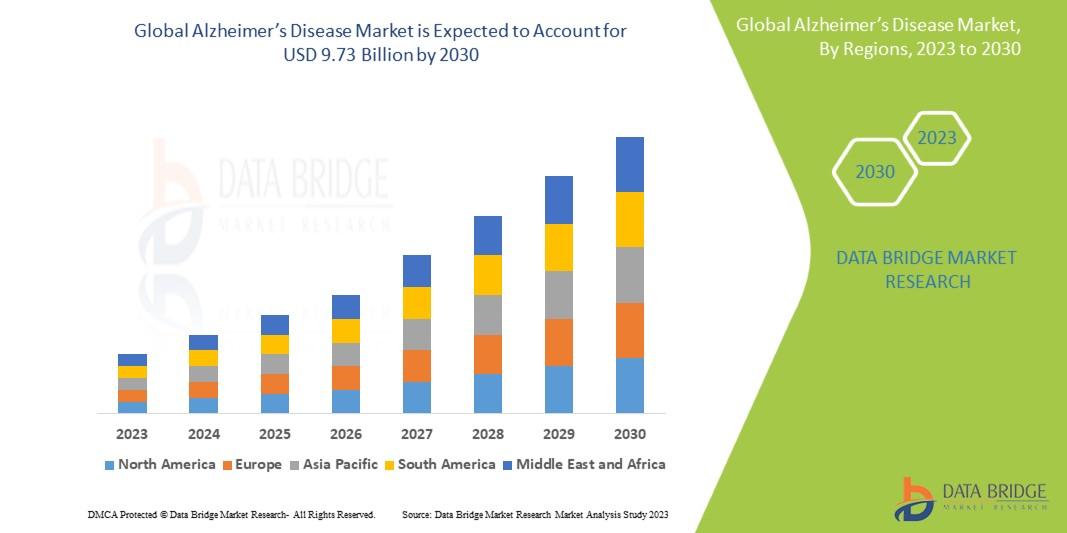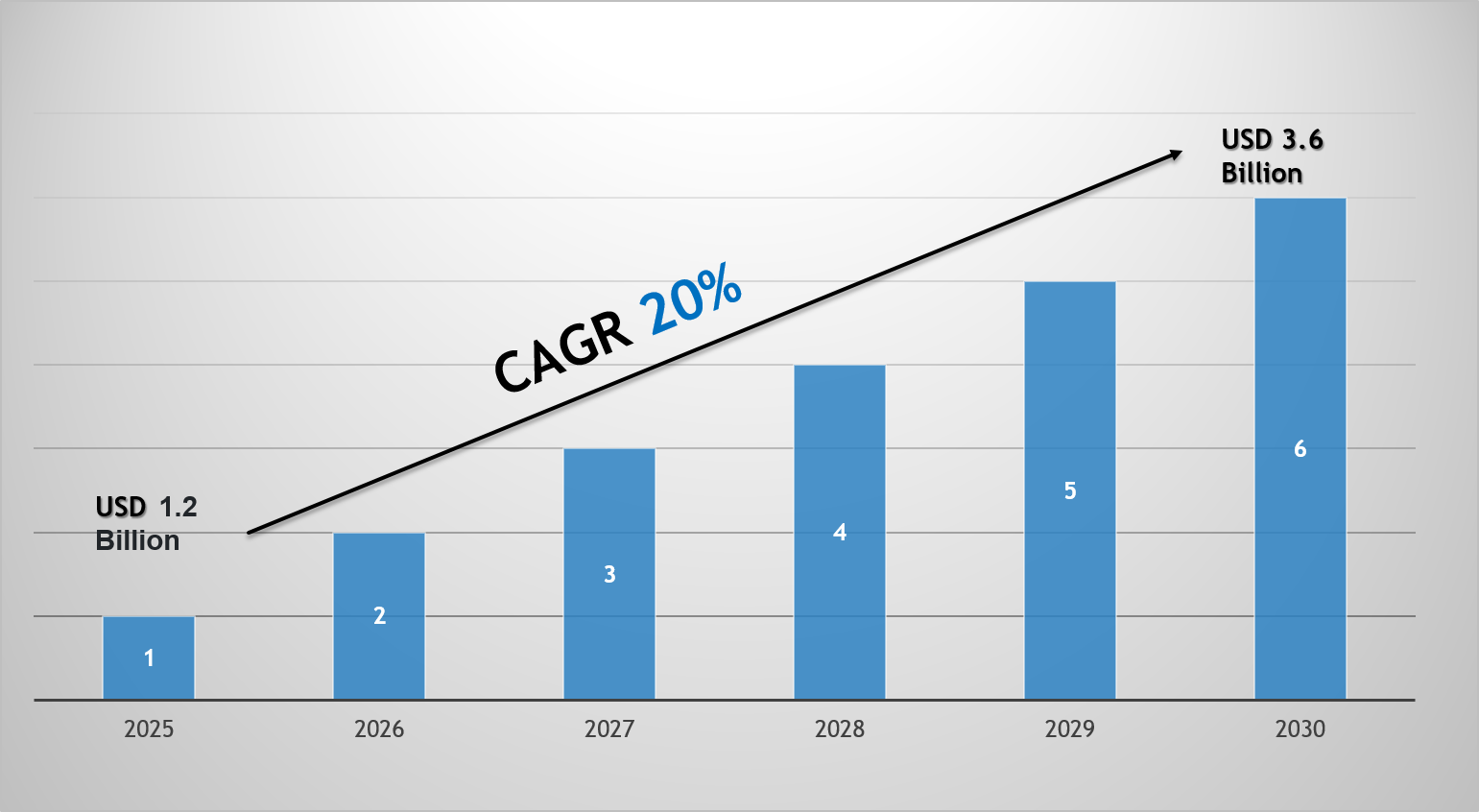Emerging Patterns in Artificial Intelligence Adoption

The single most powerful force shaping current and future Artificial Intelligence Market Trends in the United States is the explosive mainstreaming of generative AI. The public launch and rapid adoption of powerful large language models (LLMs) and diffusion models have triggered a paradigm shift, moving AI from a primarily predictive and analytical tool to a creative and conversational partner. This is not merely an incremental improvement; it represents a fundamental expansion of AI's capabilities and its total addressable market. For US enterprises, this has ignited a massive wave of investment and strategic re-evaluation, as companies across every industry race to understand how they can leverage generative AI to automate complex knowledge work, reinvent their customer service models, accelerate software development, and create entirely new, AI-powered products and services. The United States stands as the undisputed global epicenter of this revolution, home to the pioneering research labs, the dominant cloud platforms delivering these models as a service, and the most sophisticated and well-funded enterprise market poised to adopt them at scale. The immense growth projected for the market is now inextricably linked to the successful deployment and monetization of generative AI within the American corporate landscape, setting a pace of adoption that other regions are striving to emulate.
Key Players
The key players leading the generative AI charge in the United States are a highly concentrated group of technology behemoths and well-funded AI research labs. In the foundational model space, OpenAI, through its deep strategic partnership with Microsoft, is the clear market and thought leader, with its GPT family of models setting the industry standard. It faces intense competition from other major US-based labs, most notably Anthropic (backed by Google and Amazon) with its Claude models, and the rapidly growing Canadian firm Cohere, which has a strong focus on enterprise applications. The second, and perhaps most powerful, group of key players are the major cloud hyperscalers. Microsoft Azure has a significant competitive advantage through its exclusive partnership with OpenAI. Google Cloud is competing fiercely by leveraging its own deep research and its powerful Gemini family of models. Amazon Web Services (AWS) is pursuing a more open, "marketplace" approach with its Amazon Bedrock platform, offering customers a choice of various foundational models from different providers. A third critical player is the semiconductor giant NVIDIA, whose GPUs are the essential and currently indispensable hardware for training and running these massive generative models, giving it a powerful position in the value chain.
Future in "Artificial Intelligence Market Trends"
The future of generative AI in the US enterprise, looking towards 2025 and beyond, will be defined by a strategic shift from using large, general-purpose models to deploying smaller, more specialized, and fine-tuned models for specific business use cases. While the "frontier" models will continue to advance, the real enterprise value will be unlocked by training these models on a company's own proprietary data to create highly accurate and context-aware assistants for specific functions, such as a "legal co-pilot" trained on a law firm's entire case history or a "medical co-pilot" for doctors trained on the latest clinical research. A second major future trend will be the deep and seamless embedding of generative AI as an intelligent "co-pilot" within the mainstream enterprise software that American businesses use every day. We are already seeing the beginnings of this with Microsoft 365 Copilot and GitHub Copilot. This trend will accelerate dramatically, making generative AI an ambient, assistive layer in CRM systems, ERP platforms, creative design tools, and more. This deep workflow integration is a level of maturity that is far more advanced in the enterprise-software-heavy US market than in regions like South America or the Middle East and Africa (MEA), where the focus is still on more basic digital transformation and cloud adoption.
Key Points "Artificial Intelligence Market Trends"
This analysis highlights several crucial points about the impact of generative AI on US market trends. First, generative AI has created a major inflection point, massively expanding the scope and economic potential of the AI market and driving a new wave of enterprise investment. Second, the key players are a concentrated group consisting of the pioneering AI research labs like OpenAI, the major cloud platforms (Microsoft, Google, AWS) who are racing to commercialize these models, and the critical hardware provider NVIDIA. Third, the future of enterprise adoption lies in the move towards specialized, fine-tuned models and the deep embedding of AI "co-pilots" into core business software workflows. Finally, the United States' clear and dominant leadership in every aspect of the generative AI value chain—from fundamental research to cloud platform delivery—is a primary reason why it will continue to lead and define the global AI market for the foreseeable future. The Artificial Intelligence Market Trends is projected to grow to USD 2000 Billion by 2035, exhibiting a CAGR of 30.58% during the forecast period 2025-2035.
Top Trending Reports -




